Cleveland Select Pear Info: Flowering Pear ‘Cleveland Select’ Care
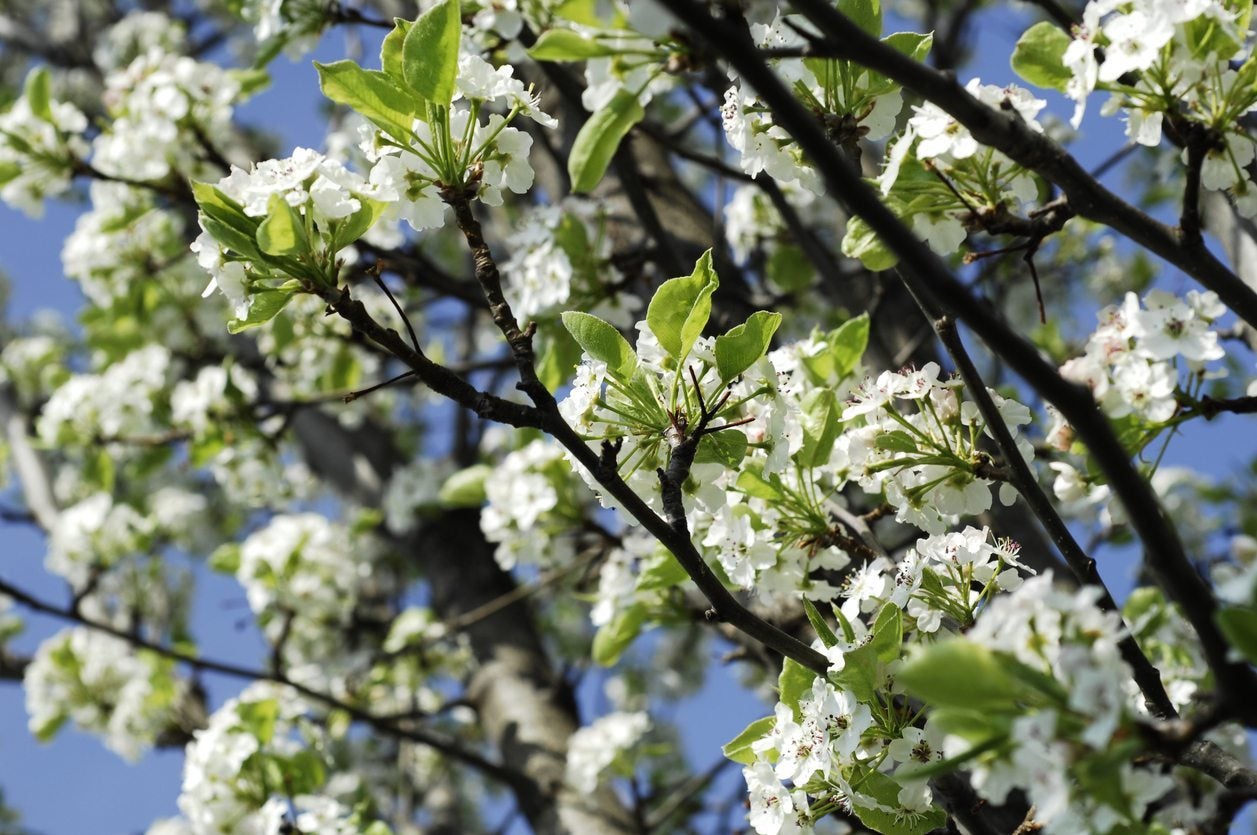

The Cleveland Select is a variety of flowering pear that is very popular for its showy spring blossoms, its bright autumn foliage, and its sturdy, neat shape. If you want a flowering pear, it’s a good choice. Keep reading to learn more about growing Cleveland Select pears and Cleveland Select care.
Cleveland Select Pear Info
What is a Cleveland Select pear? Pyrus calleryana “Cleveland Select” is a variety of Callery pear. Cleveland Select is known for its extremely showy white flowers that bloom in early spring. It also has a narrow columnar form and strong branches, setting it apart from many other varieties of pear and making it ideal as a flowering specimen tree. In the autumn, its leaves turn attractive shades of orange to red and purple. It has been known, in some areas, to hybridize with other Callery pear varieties and escape into the wild as an invasive species, so check with your local extension office before planting.
Cleveland Select Care
Growing Cleveland Select pear trees is relatively easy and rewarding. The trees need full sun and well drained, rich, loamy soil. They like soil that is somewhat alkaline. They require moderate, consistent moisture and should be irrigated weekly during hot, dry spells. They are hardy in USDA zones 4 through 9 and can tolerate both cold and heat. The trees tend to grow to a height of 35 feet (11 m.) and a spread of 16 feet (5 m.) and should be pruned moderately in the winter while dormant, but they grow naturally in an attractive shape. Due to their narrow, upright growth pattern, they are especially good for growing in clusters or rows, such as along a sidewalk.
Gardening tips, videos, info and more delivered right to your inbox!
Sign up for the Gardening Know How newsletter today and receive a free copy of our e-book "How to Grow Delicious Tomatoes".

The only child of a horticulturist and an English teacher, Liz Baessler was destined to become a gardening editor. She has been with Gardening Know how since 2015, and a Senior Editor since 2020. She holds a BA in English from Brandeis University and an MA in English from the University of Geneva, Switzerland. After years of gardening in containers and community garden plots, she finally has a backyard of her own, which she is systematically filling with vegetables and flowers.
-
 Looking For Plants To Give You The Soft And Fuzzies? Try These 5 Fuzzy Leaf Plant Options
Looking For Plants To Give You The Soft And Fuzzies? Try These 5 Fuzzy Leaf Plant OptionsLovers of texture, drama, silver foliage and tactile plants will adore these special sensory garden additions. These fuzzy leaf plant options will leave you all aglow
By Susan Albert
-
 Get Ready For A Summer Of Hummers! Grow These Full Sun Hummingbird Plants and Flowers
Get Ready For A Summer Of Hummers! Grow These Full Sun Hummingbird Plants and FlowersIf you’re lucky enough to enjoy a sunny backyard, make sure you are maxing out on your pollinator opportunities and grow these full sun hummingbird plants and flowers
By Tonya Barnett
-
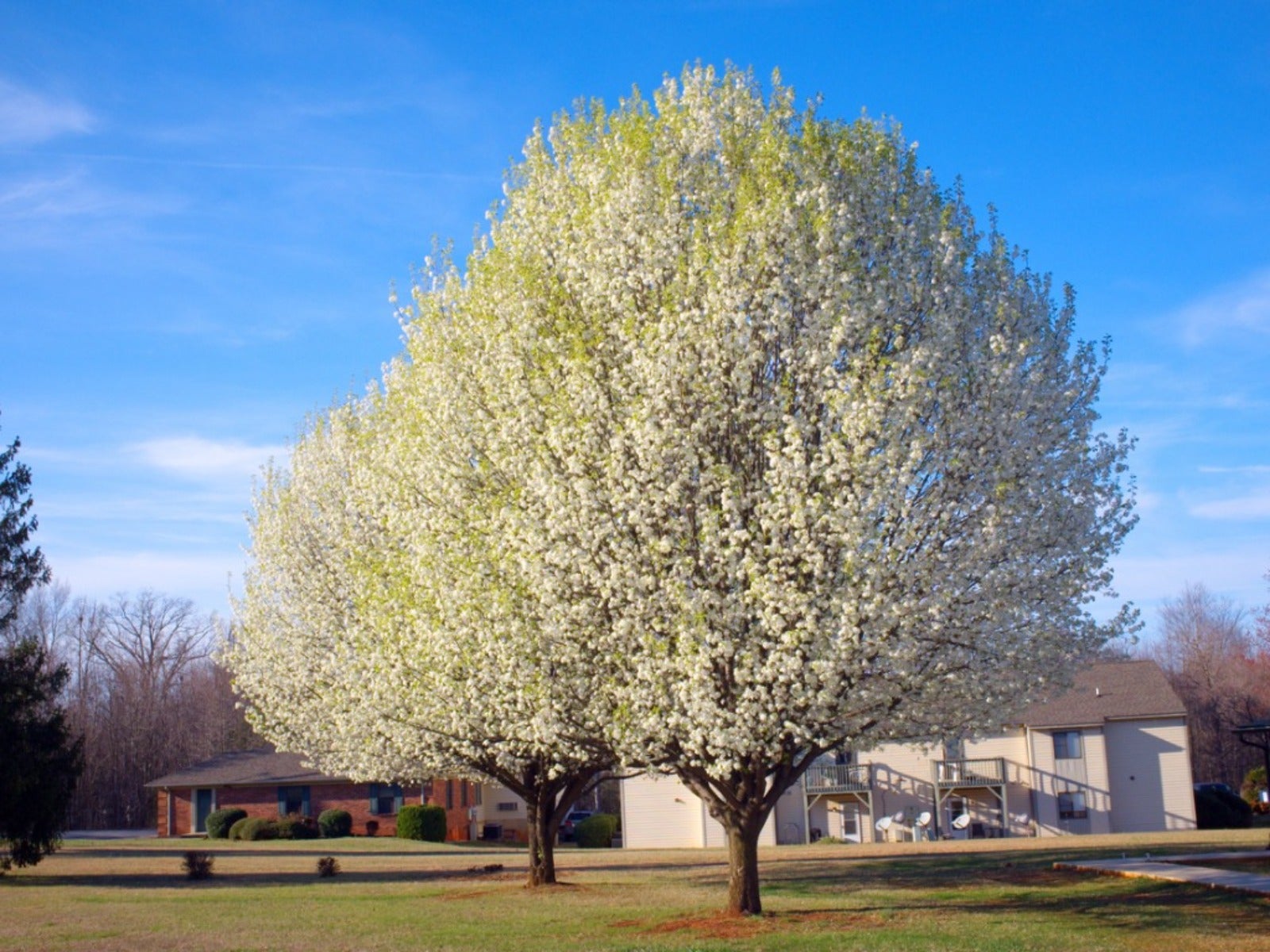 Natives That Are Great Bradford Pear Tree Alternatives
Natives That Are Great Bradford Pear Tree AlternativesNow banned in Ohio and other states, read how to replace Bradford pear trees with a variety of other flowering trees.
By Teo Spengler
-
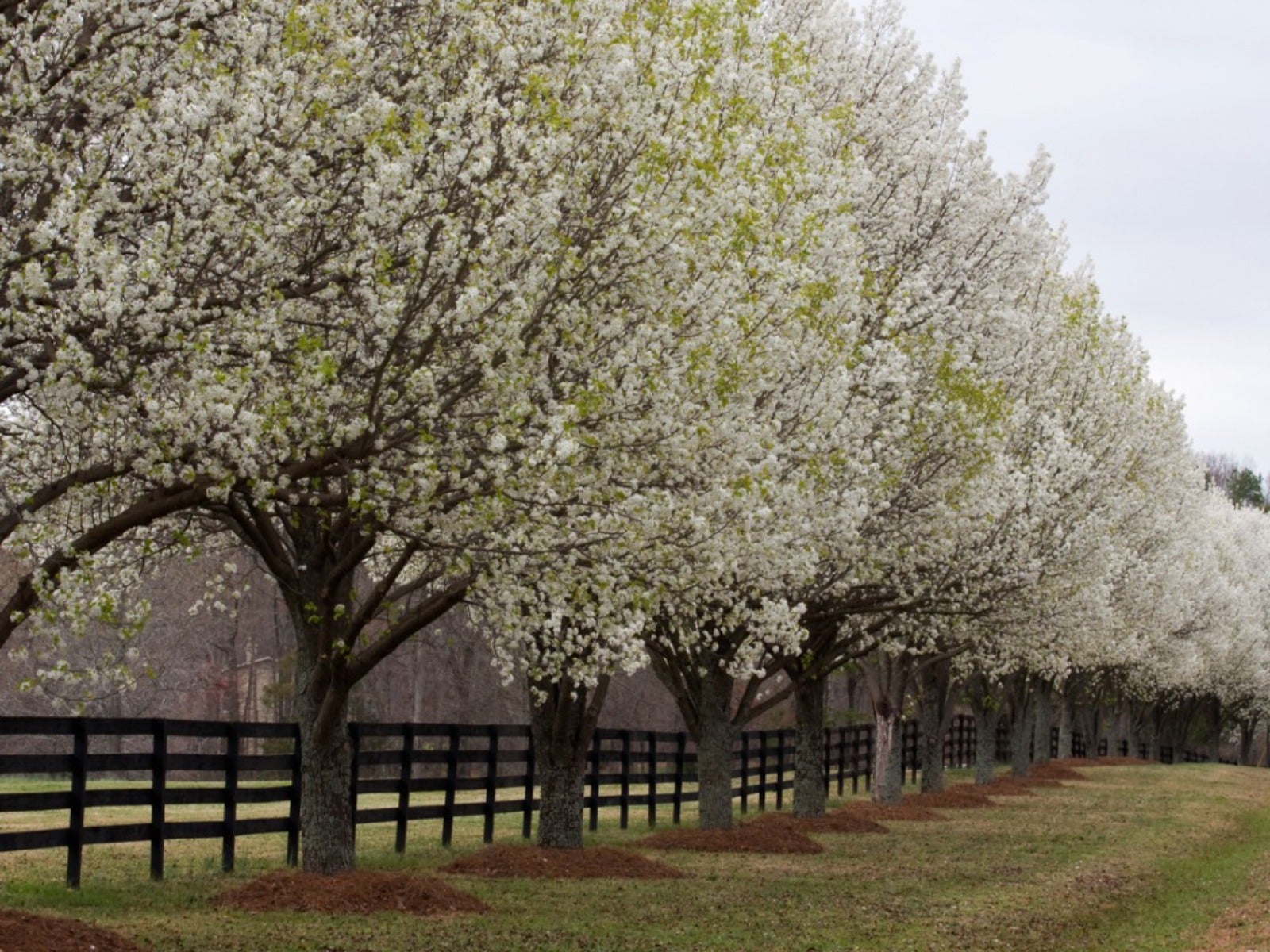 Why Are Bradford Pear Trees So Bad They’ve Been Banned?
Why Are Bradford Pear Trees So Bad They’ve Been Banned?By Laura Miller
-
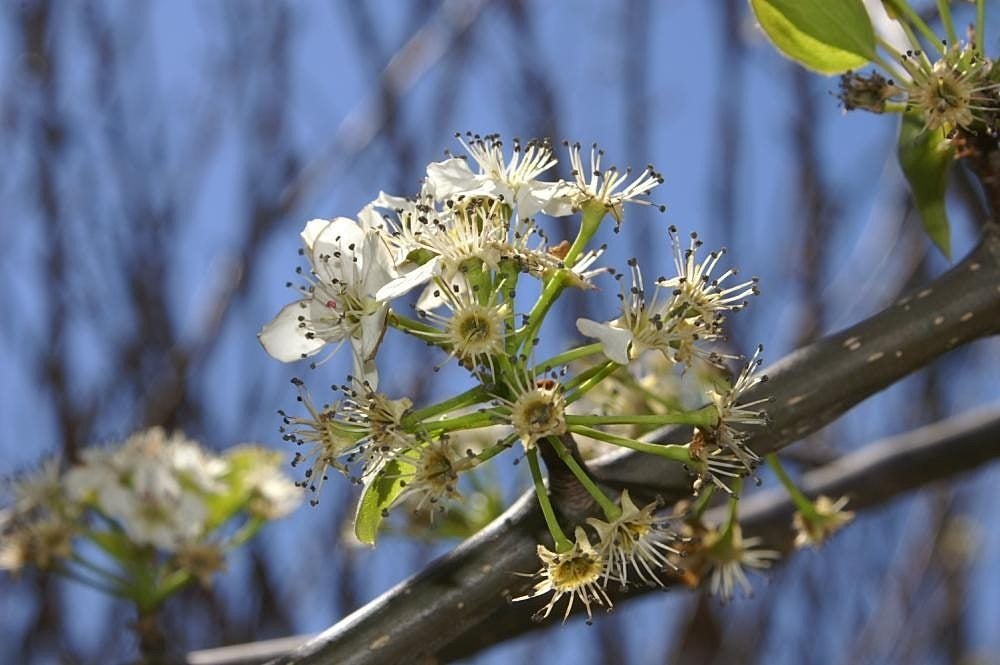 Redspire Pear Tree Care: Tips For Growing Redspire Pears
Redspire Pear Tree Care: Tips For Growing Redspire PearsCallery `Redspire' pears are fast-growing ornamentals with narrow crowns. They offer large, white blossoms in spring; pretty, purple new leaves; and flaming, fall color. Click here for additional Redspire pear information as well as tips on Redspire pear tree care.
By Teo Spengler
-
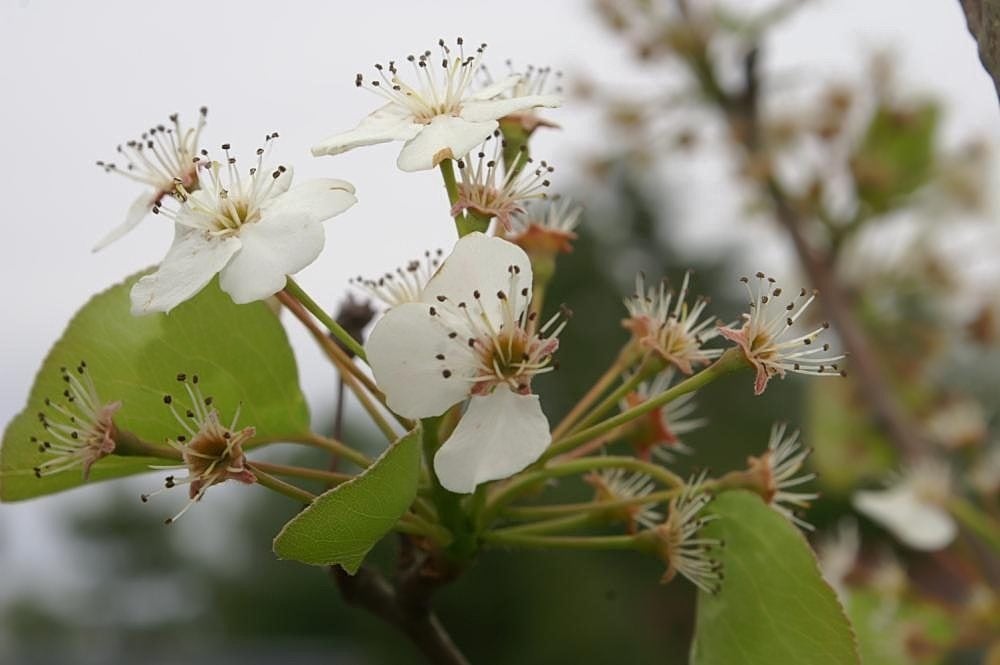 Chanticleer Pear Information: Learn About Growing Chanticleer Pears
Chanticleer Pear Information: Learn About Growing Chanticleer PearsIf you are looking for ornamental pear trees that overflow with showy flowers in spring, consider Chanticleer pear trees. They also delight with vibrant, fall colors. For more Chanticleer pear information and tips on growing Chanticleer pears, this article will help.
By Teo Spengler
-
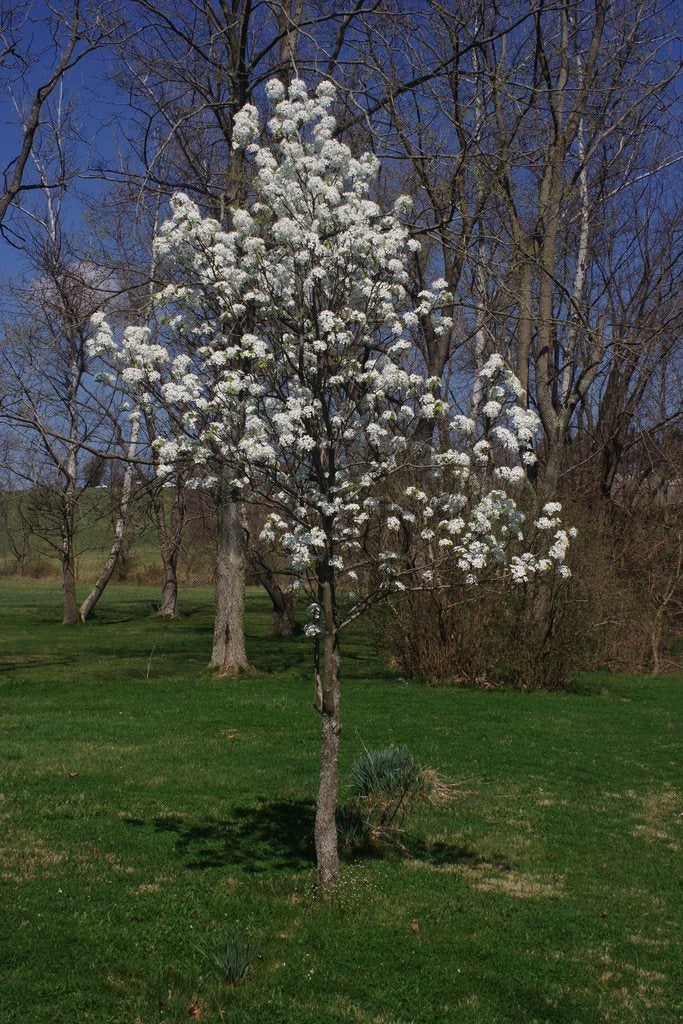 Autumn Blaze Pear Trees – Tips On Caring For Autumn Blaze Pears
Autumn Blaze Pear Trees – Tips On Caring For Autumn Blaze PearsAutumn Blaze pear trees may not produce edible fruits, but they are truly ornamental gems. They have a beautiful rounded, spreading habit and showy flowers in spring. For more Autumn Blaze information, including tips on how to care for it, click here.
By Teo Spengler
-
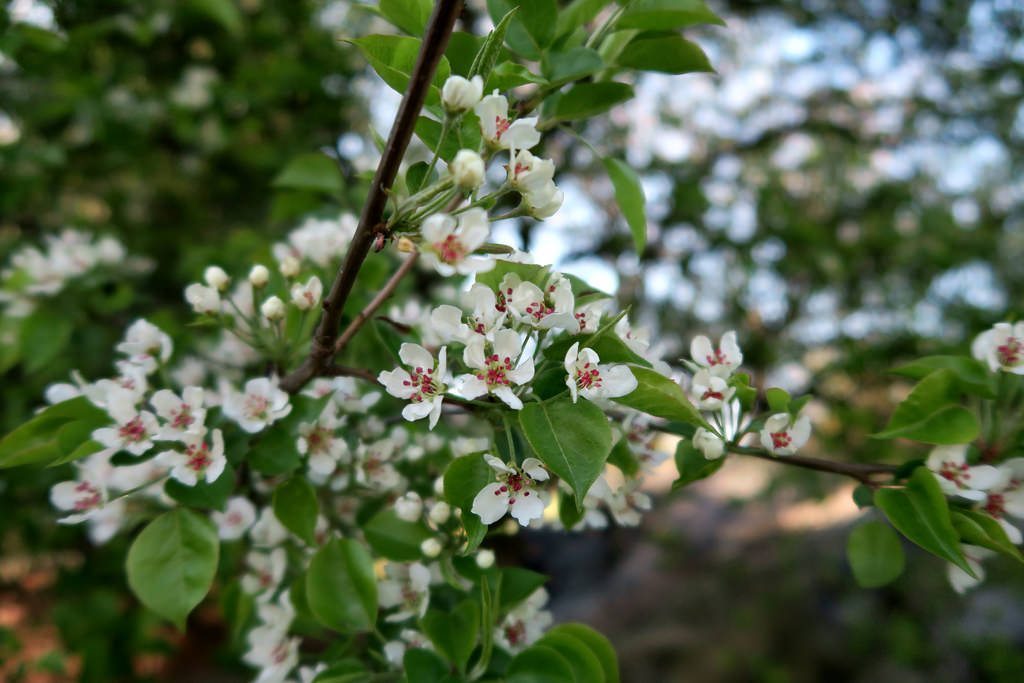 Korean Sun Information : How To Grow A Korean Sun Pear Tree
Korean Sun Information : How To Grow A Korean Sun Pear TreeKorean Sun pear trees are small, almost dwarf specimens that fit easily into most landscaping schemes. Their adaptability makes them excellent selections for accents or light shade plants. Find out how to grow Korean Sun pear in this article.
By Bonnie L. Grant
-
Flowering Aristocrat Pear Tree Info: Tips On Growing Aristocrat Flowering Pears
Many homeowners and city workers search for reliable pest and disease resistant shade trees to replace ash trees. A suitable option is the Aristocrat pear (Pyrus calleryana 'Aristocrat'). Learn more about Aristocrat flowering pear trees in this article.
By Darcy Larum
-
 What Is A Callery Pear: Information On Growing Callery Pear Trees
What Is A Callery Pear: Information On Growing Callery Pear TreesAt one time Callery pear was one of the most popular urban tree species in eastern, central and southern regions of the country. If you're thinking about growing Callery pear trees, click here to find out about the care of Callery pear trees.
By Amy Grant